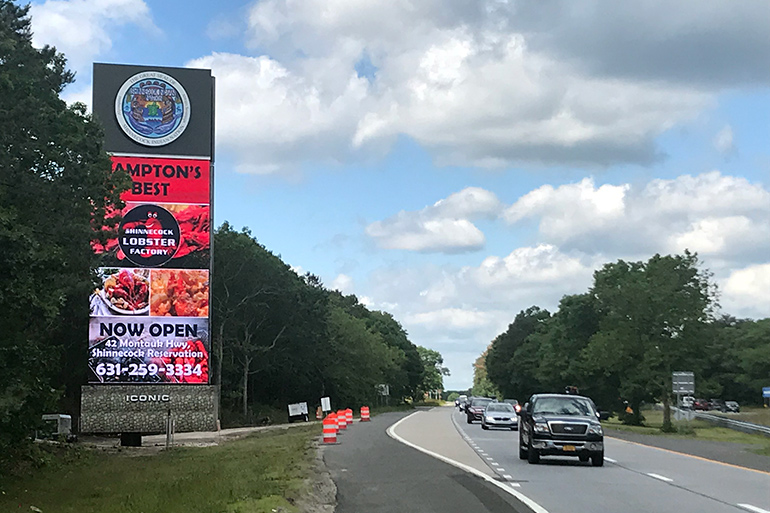Affordable Housing: The Status Quo

As this week’s special report amply illustrates, it’s one fine mess we’ve gotten ourselves into. The East End, and especially the Hamptons, is in dire need of affordable housing, thousands of units.
It’s not just low-income housing — though our municipalities have a deplorable record of providing affordable units for those folks. The middle class can no longer afford to buy or rent here, and that is driving out locals, especially retirees and young adults coming out of high school and college. The result is what we really have, though politicians are loathe to come right out and say it: a seasonal population ruled by the wealthy.
There is enough blame to go around, but there is also the convergence of events that led to this unforeseen outcome. For example, when the Community Preservation Fund was created, we preserved thousands of acres of land and the price for developable parcels skyrocketed; the expected reaction. Unfortunately, our municipalities own little of the remaining developable land, so undertaking an affordable project first means acquiring a suitably large parcel: an anathema to “affordable.”
Then we have, of course, our “Not In My Back Yard” contingent — folks have a negative view of affordable housing, and the reason is real: it will, in most cases, decrease the value of their properties.
Even our school districts get in the act, often opposing affordable housing, warning it will result in building expansion and more hiring. These are public schools mind you — whose sole function by law is to educate the children who live in their districts.
There are models for affordable housing that work elsewhere — East Hampton flirted with the Horne Rose model 20 years ago. Basically, the ideal affordable housing project would allow increased density beyond current zoning, would be within walking distance of Main Street or a large shopping district, and be within walking distance of public transportation.
Since we don’t allow buildings higher than three stories, and since the little vacant land around our villages is worth a fortune, implementing this type of plan out here would be difficult — not to mention our ludicrous lack of public transportation.
An even worse idea championed by East Hampton was to buy single substandard lots around the town and build single-family homes on them. Miles from the village, each adult in those homes, and possibly their teenagers, would need a car.
Or, continue the status quo — a modest project a couple of times a decade, and talk about how important it is to do more without actually doing more. And then complain when our kids and neighbors are forced to leave town.



